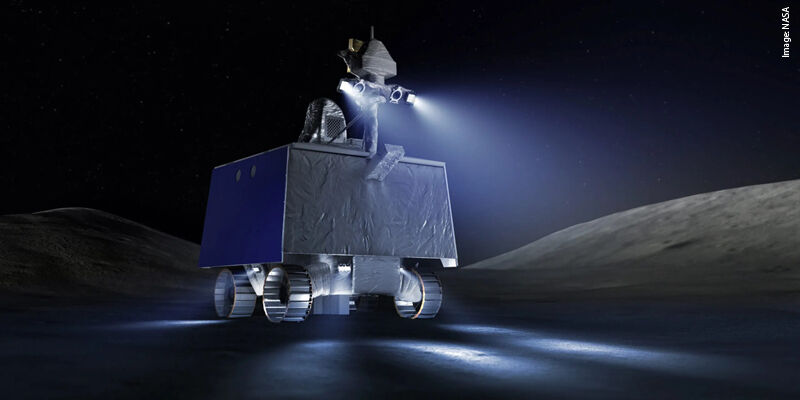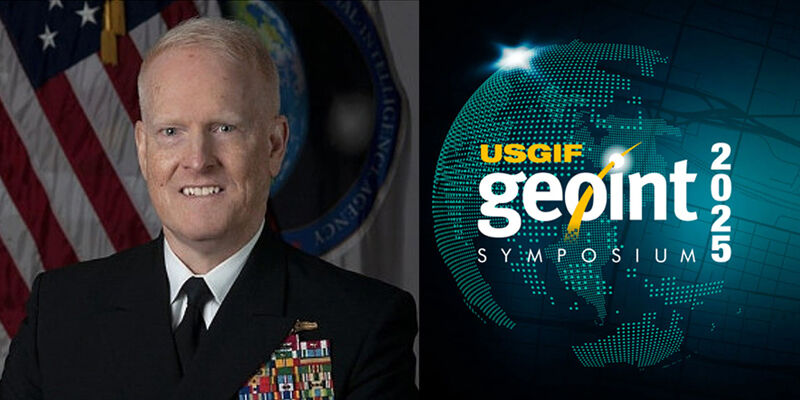Customer satisfaction, for water and waste water companies, is closely linked to the performance of each company’s network of assets. In turn, asset performance is tied to the quality of asset data. Utilities in this sector often rely on legacy data that is incomplete, patchy, and of uncertain quality. Without an accurate record of the location and condition of assets such as sewers or clean water pipes, it is difficult to plan effective, preventative maintenance and investment regimes. It can also take too long to locate and resolve issues as and when they occur.
However, Section 199 of the Water Industry Act 1991 requires water companies to “keep records of the location and other relevant particulars” of public drains and sewers.
The government’s transfer of all private drains and sewers to the ownership of waste water companies created a challenge. Existing records for the Transferred Drains and Sewers (TDS) were often poor and the companies inherited responsibility for large networks of uncertain assets.
Into the unknown
Northumbrian Water (NWL) is one example. With 2.7 million customers in North-East England, the company provides water and waste water services over an area of more than 8,500 square kilometres. Its network features 30,000km of wastewater pipes, including 13,500km transferred under the legislative change.
However, information on the historic infrastructure was sparse, as the firm’s Operational Solutions Manager, Clive Surman-Wells explains, “When we took over responsibility, there were very few records in existence. We carried out an extensive exercise to try and discover all the maps and plans that we could from local authorities and councils. At the end of the exercise, we estimated we had just 5% coverage.”
The problem wasn’t just limited to location of the sewers, as NWL’s Head of Wastewater Networks and Developer Services Mike Madine adds, “The transferred network was a big unknown. There was very little information available on the make-up of the assets: materials, size of pipe etc.”
Better understanding
NWL realised that, to continue to meet its regulatory customer service targets and to plan effective maintenance and investment, it would need to better understand the additional network.
The obvious approach appeared to be traditional surveying but, as Surman-Wells explains, “we calculated it would take around 15 years to collect the missing information.”
It would be expensive, too: “This traditional approach would have cost us £10 million in the first five years alone. Our plan was to apply learnings from the first five years to the remaining, unmapped portions of the transferred network but, using the survey approach, it could have cost many millions more over the subsequent 12 years.”
Such a timescale meant it would be 15 years before NWL could plan efficiently for maintenance and investment on the transferred assets. The company needed to find an alternative approach that would provide the answers it needed at a lower cost and in a shorter time.
Put to the test
It decided to explore options for a digital solution and created a test for potential suppliers. Taking an area of its network that was already well-mapped and understood, NWL extracted some data and asked vendors to model the rest. Surman-Wells explains that, “We then compared each model to what we knew was in the ground. The accuracy of the model was our basis for selecting a supplier.”
Spatial solutions provider 1Spatial won the competition with a solution built around its 1Integrate product. Its approach was to use available information to develop a set of data rules that filled in the data gaps. 1Spatial used its rules-engine technology to convert the knowledge of NWL’s experts into repeatable rules. For example, a rule might state that a property of a given age and construction would have a sewer of a particular type and location.
Rules were developed to create important attributes including: location, construction material, direction of flow and usage (i.e. what actually flowed through a given pipe).
Collaborative working
As with most of 1Spatial’s projects, this one was highly collaborative and delivered according to Agile development principles, as NWL’s GIS and Positional Technical Consultant Andrew Hopkins describes: “We went through a number of iterations, starting with some workshops between 1Spatial and the GIS team. We brought the business in alongside us. We then worked together with 1Spatial’s existing rules to modify them for Northumbrian Water.”
Working through a series of iterative sprints, the rules were tested and improved, giving NWL results and benefits more quickly. Information from existing plans and teams of surveyors were used to validate the model at each iteration, providing further insight and improving the rules. At every stage, the joint team combined the industry knowledge of NWL’s experts with the technology knowledge of 1Spatial’s consultants. The agile, iterative approach worked well for NWL.
“Working with 1Spatial on a day to day basis is great. The consultant to consultant relationships are excellent and we really enjoy sharing ideas and being innovative,” says Hopkins.
Dramatic savings
NWL’s decision to take a rules-based, data-driven, Agile approach has dramatically reduced both the time and cost of the project.
“There is no doubt that the operation of locating and mapping the TDS network has been radically transformed and improved through the iterative application of the 1Integrate product,” Madine says.
“The costs and timescales of the activity have both been drastically reduced through this innovative approach. Our original plan was to physically map just one third of the transferred network within our current, five-year asset-management period. That would have cost £10 million. Working with 1Spatial, we’re able to deliver a map of the whole transferred network in just two years, for £1.25 million.”
The £1.25 million cost, compared to the original planned cost for the first five years, represents an 87% saving.
Rapid progress
With the TDS network fully mapped in 1/8th of the time, NWL will more quickly reach its goals of even better customer service and more informed investment and maintenance plans.
“The key benefit for our customers is faster understanding and resolution of any issue,” says Surman-Wells. “We now know what’s in the ground. When a customer calls us, we can get more quickly to the possible sources of the problem.”
Adding value
Filling in missing data is just the beginning for NWL.
“We didn’t just want to buy a rule-set,” explains Hopkins. “We wanted to build on it to add value to the business. This project has given the GIS team the opportunity to collaborate across the business. People in the field want the right information at the right time, so we’ll be looking at providing real-time data in the future.”
“We really want to use the power of GIS going forwards,” he adds. “Everything happens somewhere. We want to bring data sets together and show different departments the value of spatial information. It will work in different ways for different departments. Each will have its own geospatial view of the world, viewing the data sets that matter to them.”
“Our partnership with 1Spatial will continue to evolve,” adds Surman-Wells. “This project has been very successful and we’re now looking for other applications of the modelling and iterative approach.
“We’re really proud of this project. It’s been a great success. We feel that we’re probably further ahead than anybody else in the water industry in accurately positioning our transferred drains and sewers.”
Bob Chell is Head of Consulting at 1Spatial in Cambridge (https://1spatial.com)
Subscribe to our newsletter
Stay updated on the latest technology, innovation product arrivals and exciting offers to your inbox.
Newsletter

